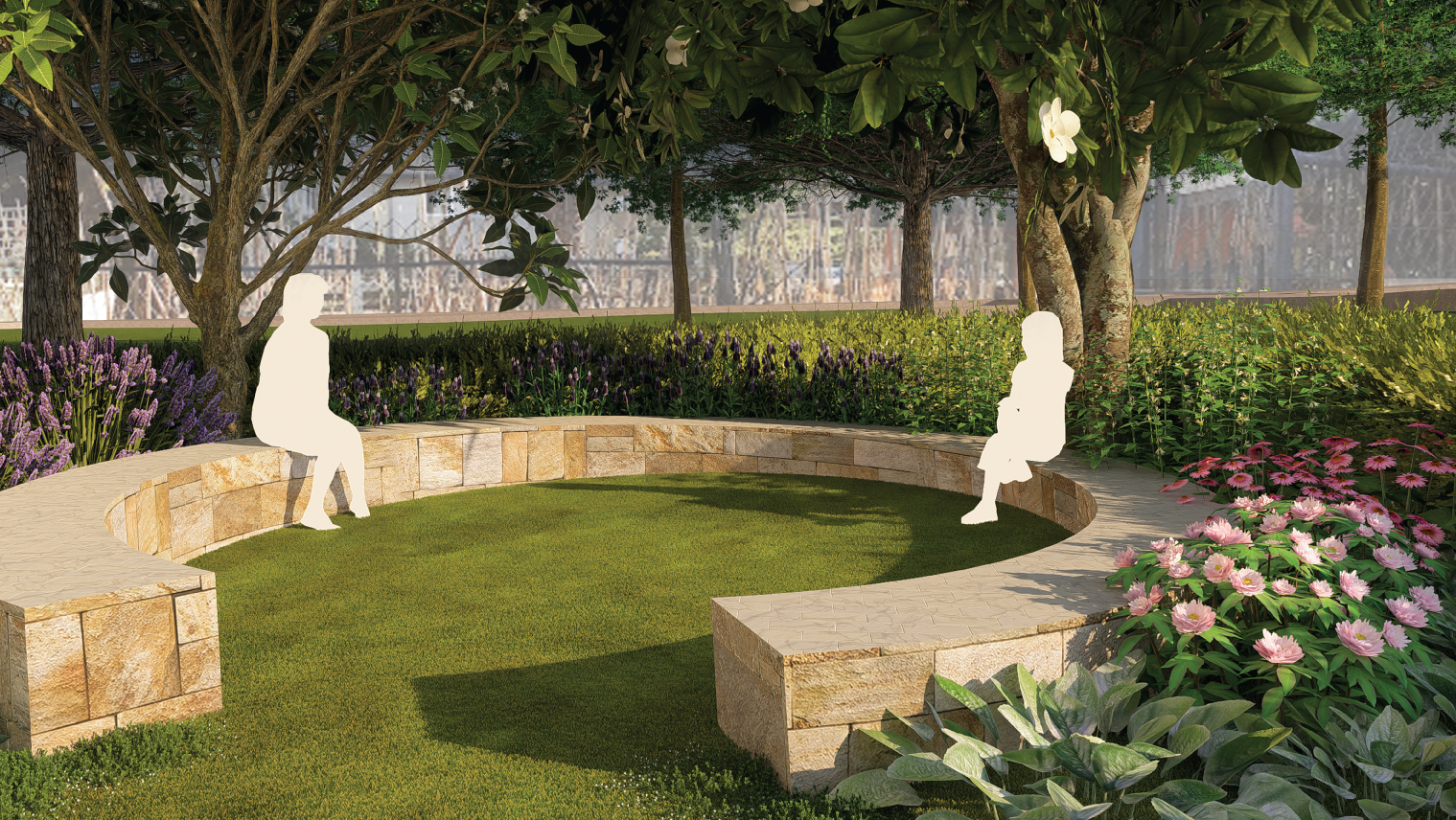LOACTION: ALBANY BULB, ALBANY, CA
SOFWARE: AUTOCAD, PHOTOSHOP, ILLUSTRATOR
For my project, I aim to guide visitors through the Albany Bulb using water sounds as the primary sensory element. Instead of relying on visual elements, water will serve as the instrument that leads visitors through the experience.
When I first visited the Albany Bulb, I was struck by how deeply the site is connected to water. While conducting a sensory assignment, I sketched the sounds present in the environment and noticed that water was a dominant element. This prompted me to ask: What kinds of sounds can water create?
Water produces a rich variety of sounds—waves crashing on the shore, rainfall, waterfalls, and streams trickling through creeks. Beyond natural phenomena, humans have harnessed water’s auditory potential in creative ways. For instance, rain chimes and Japan’s suikinkutsu (“water harps”), where droplets create musical tones as they fall onto a resonant chamber, are examples of water-inspired instruments. These concepts inspired me to design an installation that uses fog, rain, and waves to create an immersive auditory experience.
To design the installation, I analyzed the site’s tidal, fog, and rainfall conditions
The water level at the Bulb ranges from 0 feet at low tide to 6 feet at high tide. This variability influenced how the installation would respond to changing tide heights.
Being near the bay, the site experiences heavy fog during certain times of the day and year. The fog dissipates as the sun rises and temperatures increase, which I considered when designing the installation’s sensory flow.
The seasonal rainfall patterns and precipitation levels also shaped how the installation interacts with its environment.
To bring this idea to life, I needed to carefully consider the location within the Albany Bulb. The site’s proximity to urban noise sources—the Costco across the mudflats, Interstates 580 and 80, and the racetrack—presented challenges. I chose the lagoon as the location for the installation because it is relatively sheltered from these noise hotspots while still being close to the water.
The installation consists of two main components: the Path and the Patio.
The Path serves as the entry point, guiding visitors toward the lagoon. Along this path, I plan to plant cedar trees. Cedar trees were chosen for their height, ecological benefits, and ability to collect water droplets from fog. These droplets will fall into small resonant chambers placed beneath the trees, creating a soft, bell-like “ping-ping” sound.
To enhance the auditory experience, the cedar trees will form a natural sound barrier, amplifying the subtle sounds of the droplets. As visitors approach the Patio, the number of chambers will increase, building a sense of progression through sound.
At the Patio, the experience opens up into a more spacious environment with a focus on water’s interaction with tidal changes. I plan to repurpose an existing tower structure as a sound chamber. This chamber will feature openings at various heights, allowing water droplets to create different tones depending on the tide.
High Tides: Larger droplets falling from greater heights will produce louder, higher-pitched sounds.
Low Tides: The sound will diminish as the water recedes...
...eventually becoming silent when the tide fully submerged the chamber.
This installation invites visitors to engage with the Albany Bulb using their ears as the primary guide. By immersing themselves in the sounds of water, visitors can explore the space in a way that highlights its natural rhythms and the delicate interplay between water and the environment.



